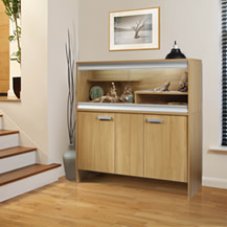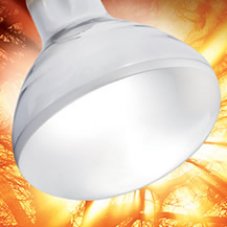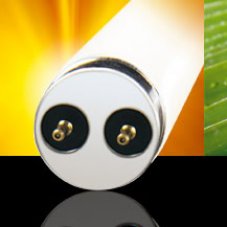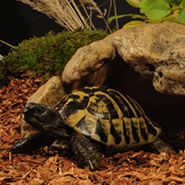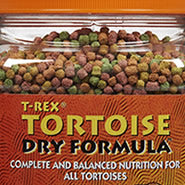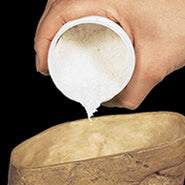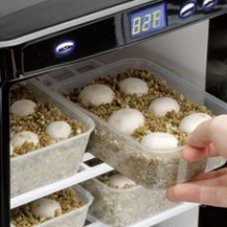Free Delivery
on order over £99*
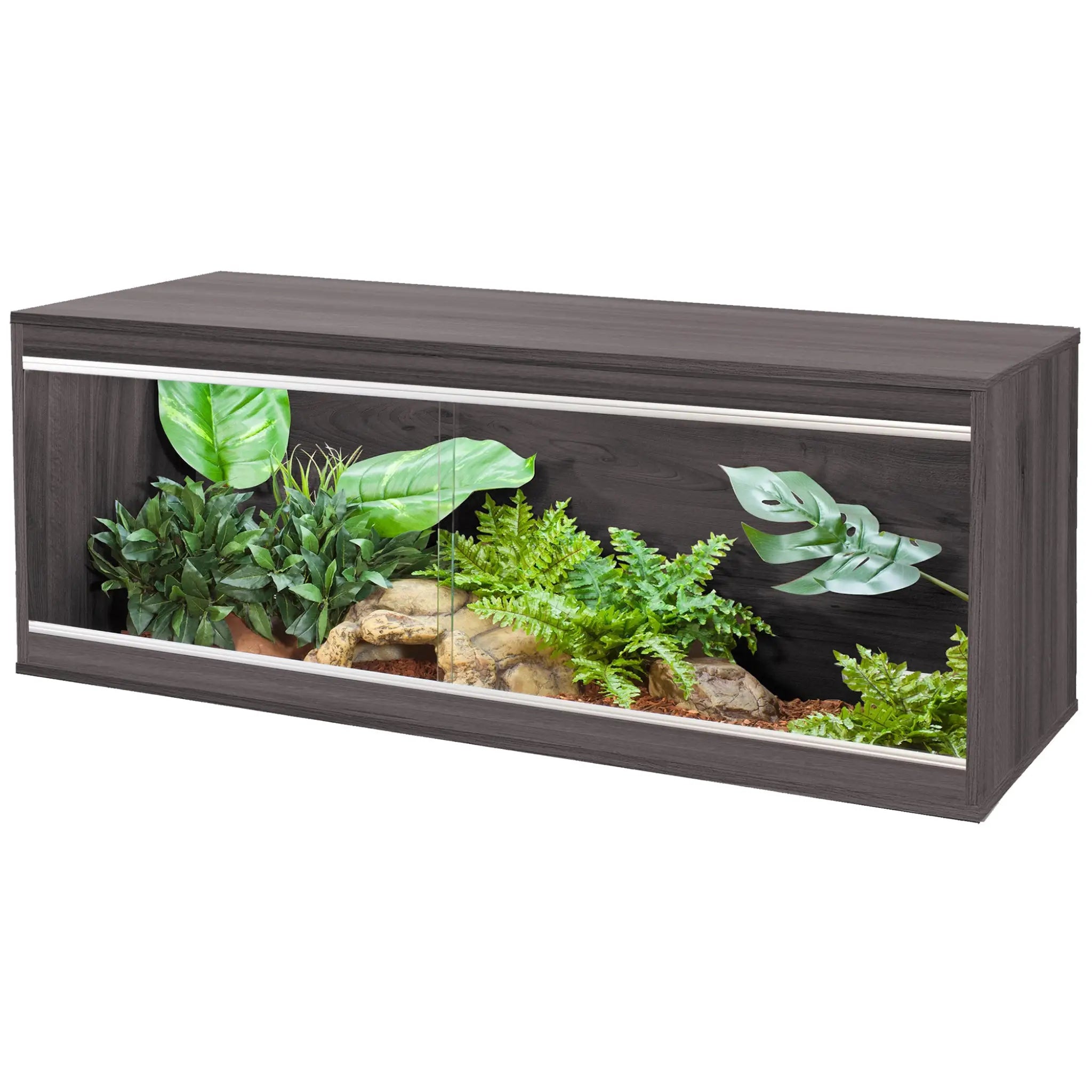
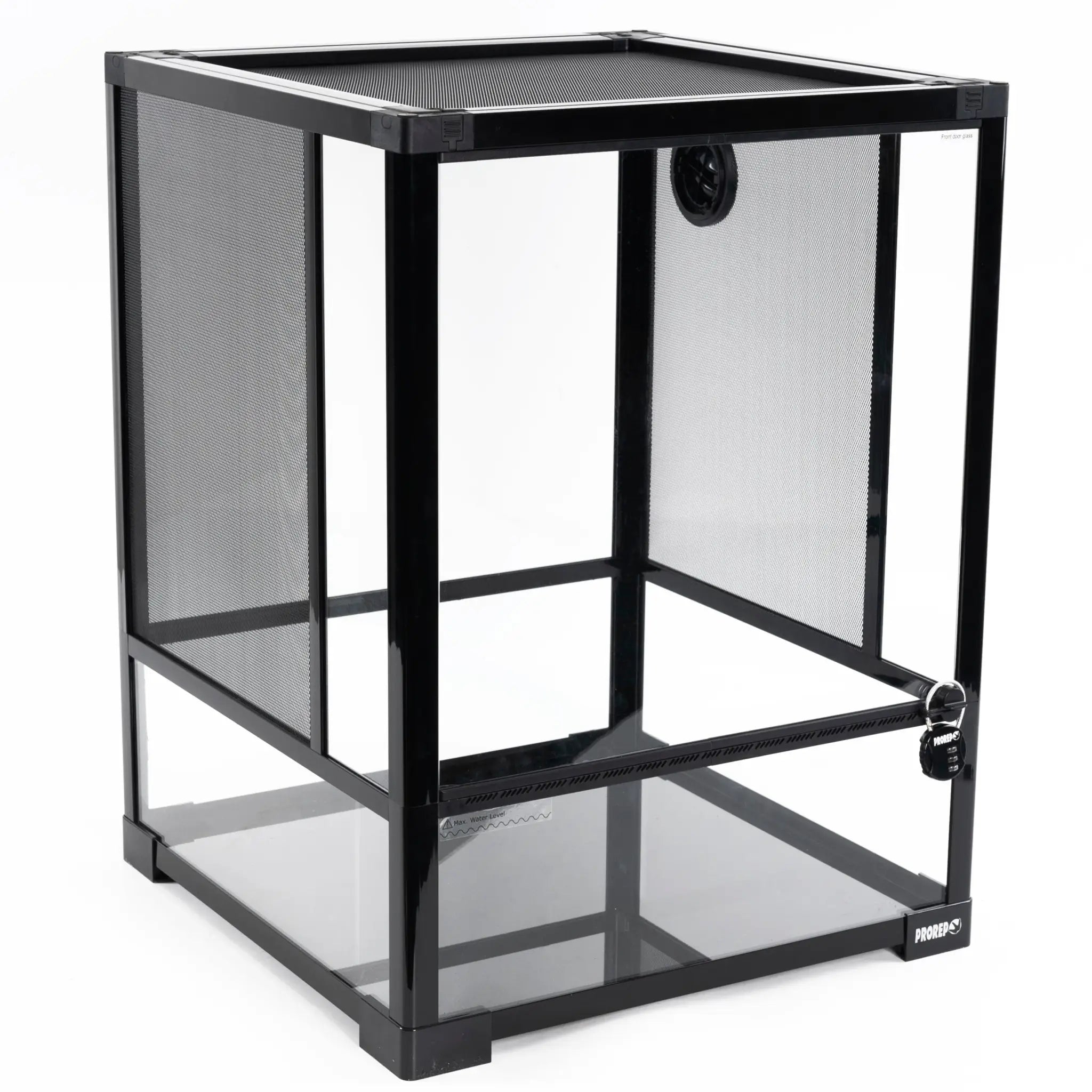

Housing: a wooden vivarium or a wooden tortoise table

Heating: basking temperature of 90oF

UVB Lighting: desert strength 10%-12% UVB fluorescent tube

Diet: herbivorous mix of leafy green vegetation

Decoration: dry substrates to keep humidity down
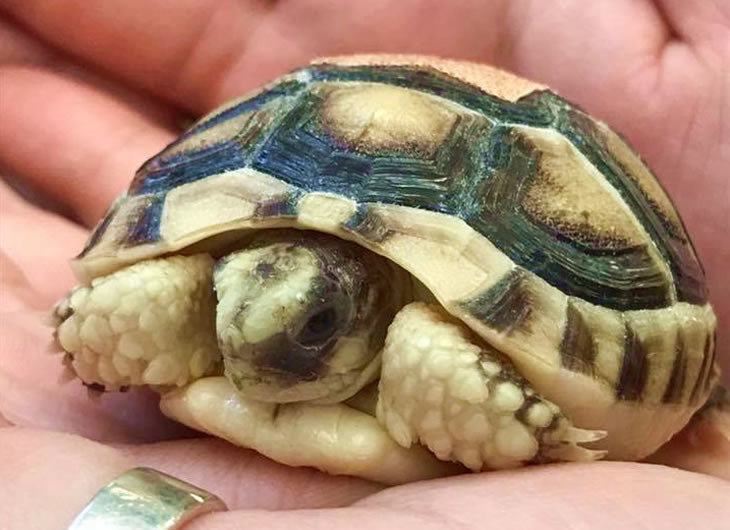
Vivarium: Marginated tortoises require a wooden vivarium as their enclosure. This is because wood is an excellent insulator of heat and so a wooden vivarium will make it easier to control the crucial temperatures required inside the habitat. The wooden vivarium should have good ventilation to allow good air flow in and out of the enclosure.
The vivarium should be at least 860mm (34") in length for a juvenile and 1150mm (46") for an adult. The enclosure needs to be hot at one end, but have enough distance for the temperature to drop at the cool end.
Tortoise table: tables may be used for Marginated tortoises, but as they insulate no heat, they are only recommended for use in houses that are naturally warm. The table should be at least 900mm (35") long.
During the day, tortoises require a hot basking temperature. This is achieved by using clear spot bulbs at one end of the vivarium (or over a table). To accomplish the required basking temperature of 90oF we use a basking bulb (100w in a 46" vivarium). The power of a basking bulb over a table is more dependant upon room temperature. Basking bulbs should be on for 10- 12 hours per day and must be controlled by a dimming thermostat.
At night tortoises require a drop in temperature and darkness. They can drop to room temperature, so all heating and lighting equipment should be turned off. Temperatures should be monitored daily using a thermometer.
Marginated tortoises actively bask in hot climates and so naturally receive a high dose of UVB from the sun. Their enclosure's UVB should reflect that. A fluorescent UVB tube should be used inside the vivarium with a reflector so no UVB is wasted. The tube should be at least 10% UVB for desert species. There are 2 different types of fluorescent tube, T8 and T5. T5 tubes are the new technology and produce more light and UVB than T8 tubes. T5 UVB also travels much further from the tube.
Tortoises require UVB in order to synthesise vitamin D3 inside their skin. The vitamin D3 helps the tortoise to absorb calcium which crucial for bone structure and growth. This is why reptiles can suffer from metabolic bone disease (MBD) when not provided with adequate UVB.
Over tables, combined heat and UVB flood bulbs (mercury vapour) may be used.
Marginated tortoises should always be kept on a dry substrate so not to increase the humidity inside their enclosure too much. We keep our tortoises either on beech woodchips or ProRep's Tortoise Life substrate.
Tortoise do not climb, but they do like to dig and burrow. So choose various pieces of natural wood or decoration to enable them to do this. Younger tortoises will appreciate a cave that they can take refuge in.
The tortoise's enclosure can be decorated with artificial plants for a more natural look. Desert plants look very effective. Trailing plants are very good at disguising electrical wires and equipment.
A Marginated tortoise's diet consists of vegetation. Good foods include dandelion, clover, honeysuckle, leafy salads, watercress, curly kale, brussel tops, spring greens, coriander, parsley, rocket, carrot, parsnip, courgette and bell peppers. The bulk of the vegetation should be leafy greens.
The diet should also include fibrous plants like grasses and weeds. Good weeds include plaintains, white nettle, corn poppy, chickweed, bindweeds, hawkbit, viola's, goats beard, nipplewort etc. For times when fresh food is not available, or for variety, there are pre-made tortoise dried foods available that most tortoises relish.
Instead tortoises should be given a shallow bath 2-3 times a week for 10 minutes. This will enable them to take on fresh water and stimulate them to empty their waste.
To provide tortoises with optimal nutrition and to keep them in the best of health, they will require diet supplementaion in the form of calcium, vitamins and minerals. These are most commonly available as powders
Calcium should be provided daily and dusted directly onto the tortoise's food. Vitamins may be added daily for young tortoises, but adults will only require them every other day.
If you keep a male and female together, they may breed. You do not need to do anything to encourage this, providing they are healthy and the conditions are good, it will usually happen naturally. You need to consider whether you want this to happen. What will you do with the babies if you incubate the eggs?
A gravid female should have access to a nesting box to lay her eggs. The box should be large enough that she can fully turn-around inside it. We use a soil mix in there that is wet enough to clump but no more. We have found that Spider Life substrate is ideal.
The eggs should be incubated in an incubator at 84oF. We incubate our eggs in open boxes on a dry substrate (such as sand) with water in the incubator to provide humidiy around the eggs. After approximately 60 days the eggs will start to hatch, the first babies to emerge will encourage the rest of the eggs to hatch.
This is our 'How to hibernate your tortoise safely' video. If you decide you would like to hibernate your tortoise it is important to do it right.
It is a complete guide that will show you how we advise to safely hibernate tortoises at Northampton Reptile Centre. It is based on our tortoise experience accumulated over our 20 year history and our collaboration with exotic vet Jeremy Wright. This is the guide that makes hibernation easy.
Of course, if you are still left with any questions, please do not hesitate to contact us.
Marginated tortoises are among the most commonly kept pet tortoises for families and we can't recommend them highly enough.
They're active during the day and don't often hide away. Tortoises love to explore outside their enclosure and will happily spend a sunny, summer's afternoon exploring the garden outside.
Because tortoises are naturally passive towards humans they make an ideal pet for children with adult supervision, although they do not generally enjoy being handled.
Give a Marginated tortoise the right setup and diet and you're guaranteed a great family pet.
Other names or sub-species: Testudo marginata, Greek marginated tortoise, Sardinian marginated tortoise.
Sign up to the Reptile Centre newsletter so you don't miss out on all the latest offers and guides to give your pet the best they deserve


